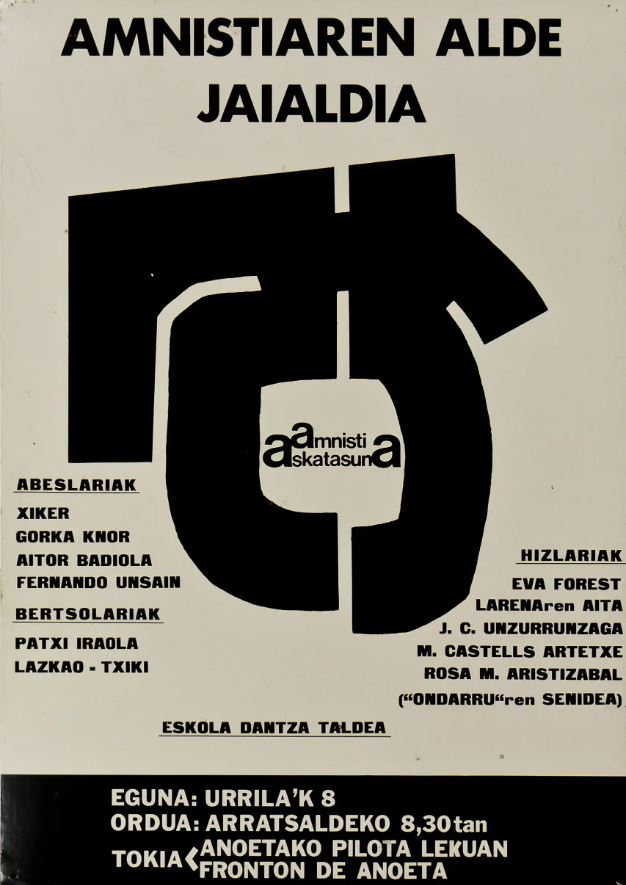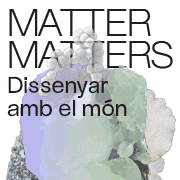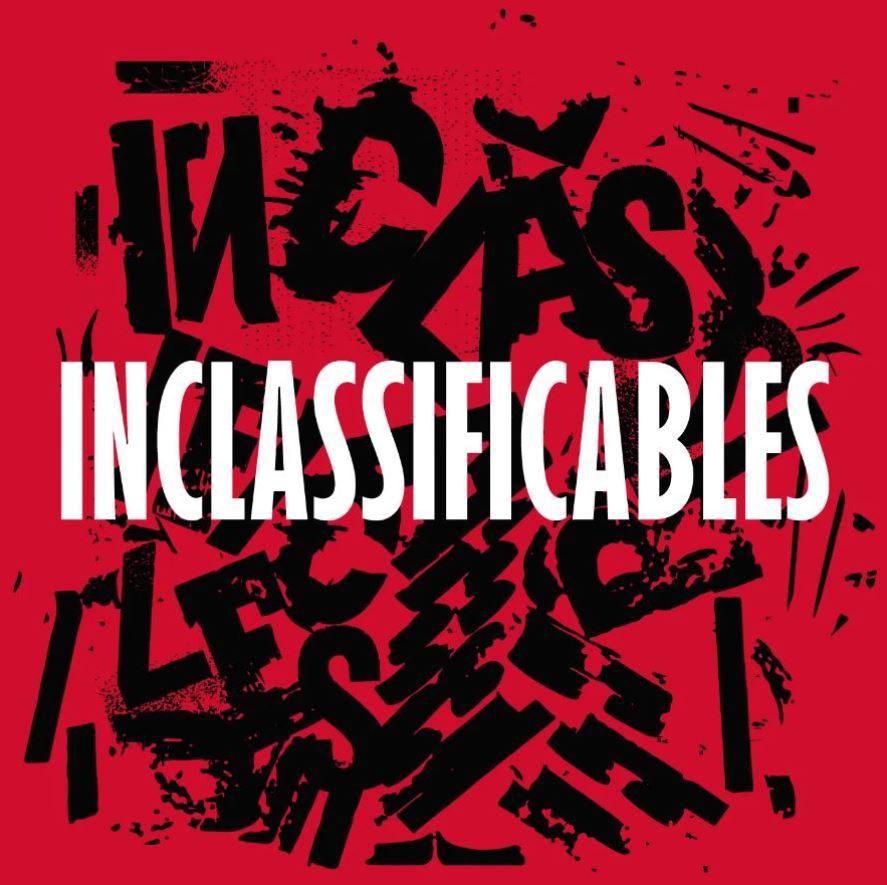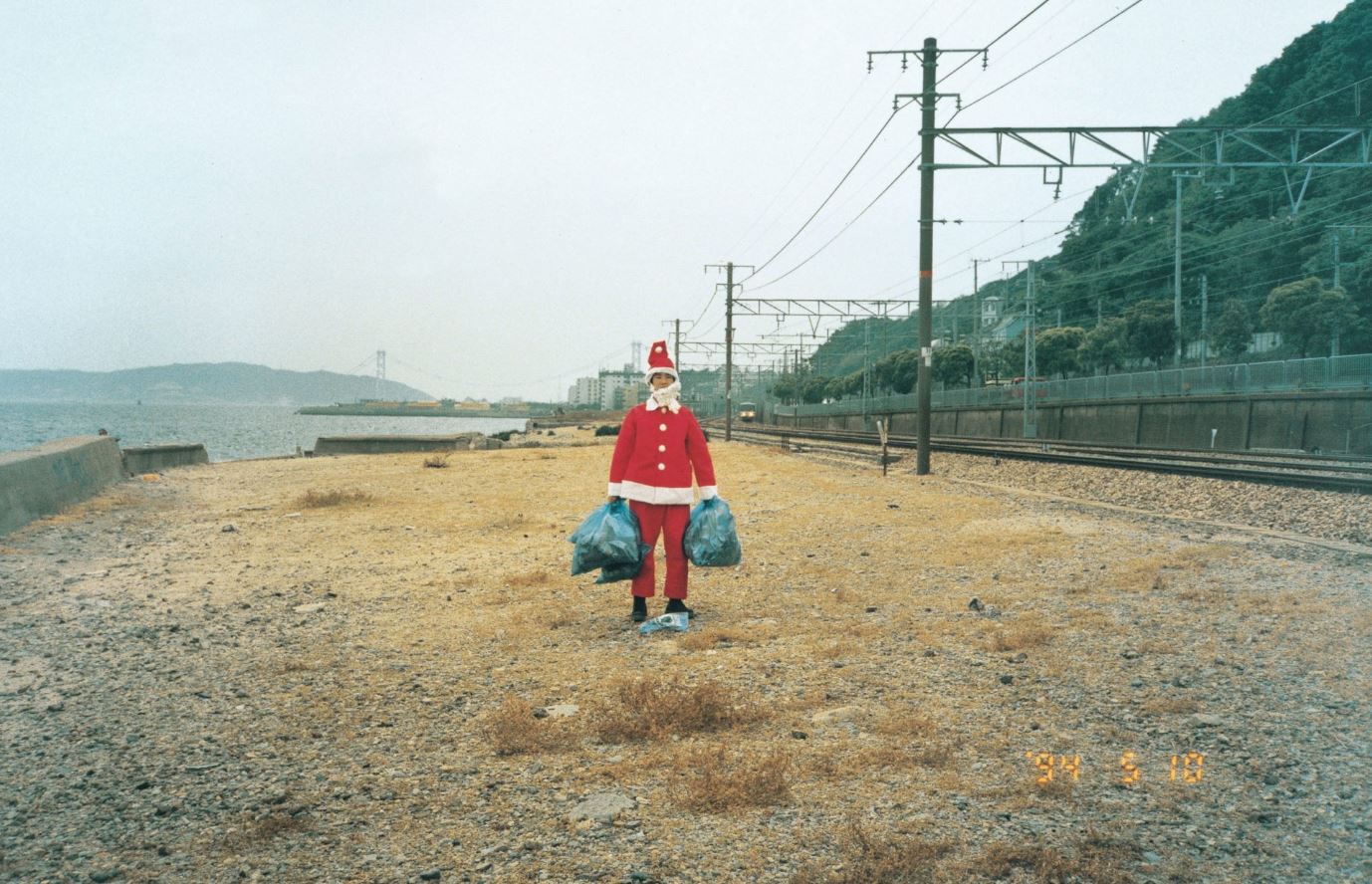Exhibitions
Chillida: beyond volume
The Artium Museoa explores how his forms and ideas found a new space of expression.
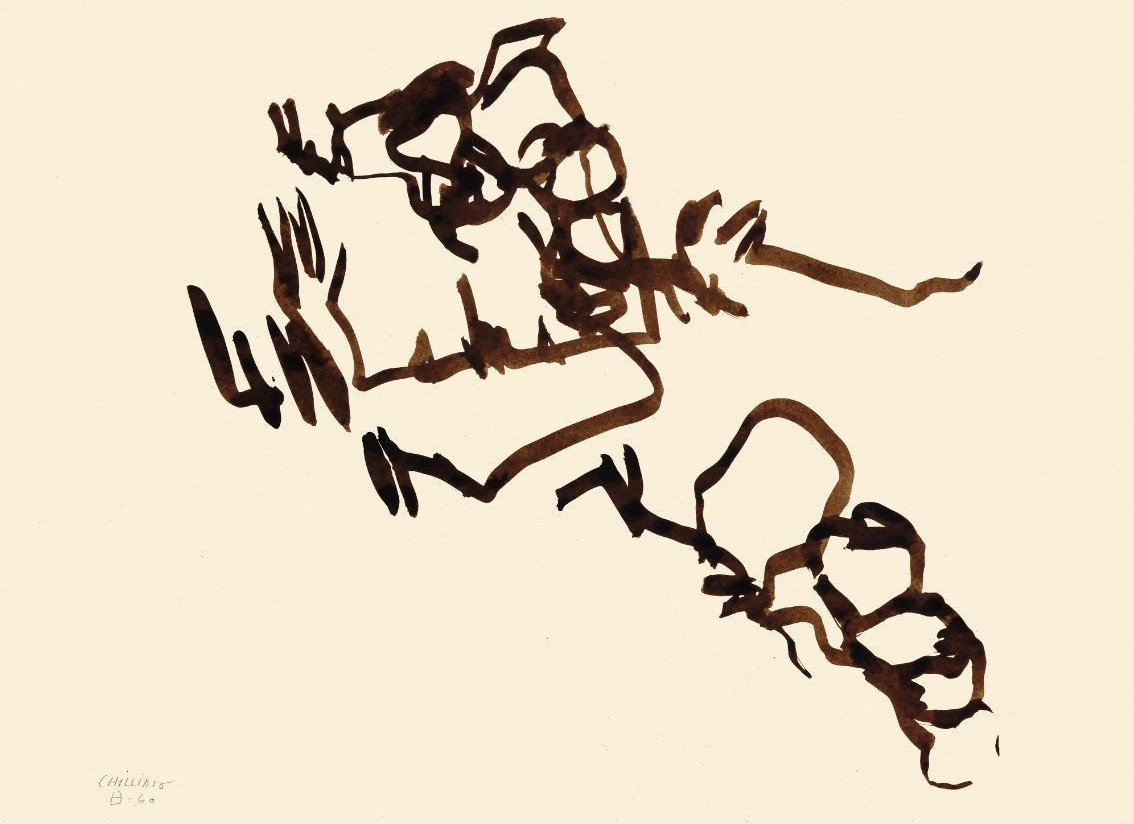
Beyond the monumental sculpture that made him recognizable, Eduardo Chillida expanded his artistic language towards more accessible formats, bringing his forms and ideas closer to new environments. This versatility is what the Artium Museoa of Vitoria-Gasteiz celebrates with the exhibition 'Chillida. Usos aplicados', which invites the public to discover a Chillida that not only works with volume but also moves towards two dimensions, populating the graphic and advertising space. This exhibition, open until February, has the support of Chillida Leku, the Eduardo Chillida - Pilar Belzunce Foundation, and Mondragon as part of the centenary of the artist's birth.
The expression that gives the name to the exhibition, 'Usos aplicados', evidences this process of transformation of the forms of the basque when they are flattened and lose their volume to come into contact with graphic design, posters, textile art or jewelry, and enrich brand identities within marketing and advertising. This graphic work is exemplified in the more than 70 pieces that the exhibition gathers: drawings, engravings, posters, collages and marketing elements, which reflect how its stroke becomes a symbol , capable of inhabiting the institutional logos of the University of the Basque Country and the Reina Sofia Museum to posters for events such as the 1972 Munich Olympics or the anti-nuclear protests on the Basque coast.
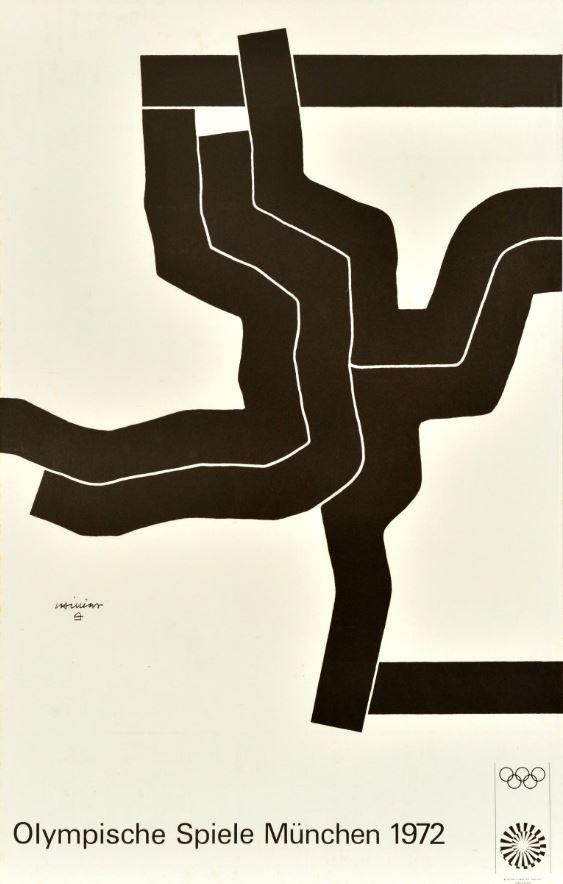
'Chillida. Usos aplicados' also reveals an essential dichotomy in the artist: while Chillida was reluctant to create multiples of his sculptures to maintain their singularity, with graphics he experiences a radical openness. Through techniques such as serigraphy, etching or woodcut, he brings his work closer to society, and his figures multiply, becoming mass communication units.
Chillida's career in this field shows a clear evolution: from his early figurative drawings, influenced by the study of the human figure and natural elements during his years in Paris, to the geometric abstraction that will mark his mature language . This transition was made possible thanks to a deep vision of space, matter and time, and his ability to understand the void and the interspatial play of volumes, central concepts in his work that emerge as early as the late 1940s and which mature during the second half of the 20th century.
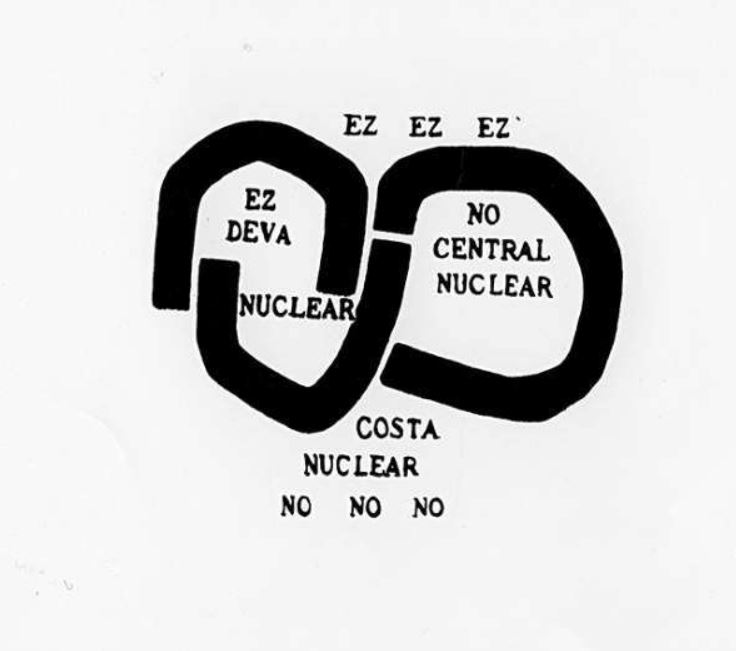
We must also talk about the activist Chillida, who emerged in the public sphere at a time of profound change, coinciding with the end of one era and the beginning of another, in the midst of the Spanish Transition. This social and committed role of the artist aligned with the activity of other figures of the Gaur Group, such as Oteiza and especially Basterretxea, with whom he shared the desire to intervene in favor of Basque society and its institutions. Chillida created logos that became recognized emblems of social struggles and fundamental rights: freedom of expression, anti-nuclearization, amnesty for political prisoners, and human rights, many of them adopted by Amnesty International. His designs, over time, were taken over by Basque society as part of a collective visual memory.
In this game of exchanges and connections, Chillida emerges as a two-faceted figure: a creator between the auratic originality of his sculptural work and the democratization of his graphic forms, which today have become true visual icons. Its lines, although decontextualized from the original sculptures, remain recognizable and valid.
